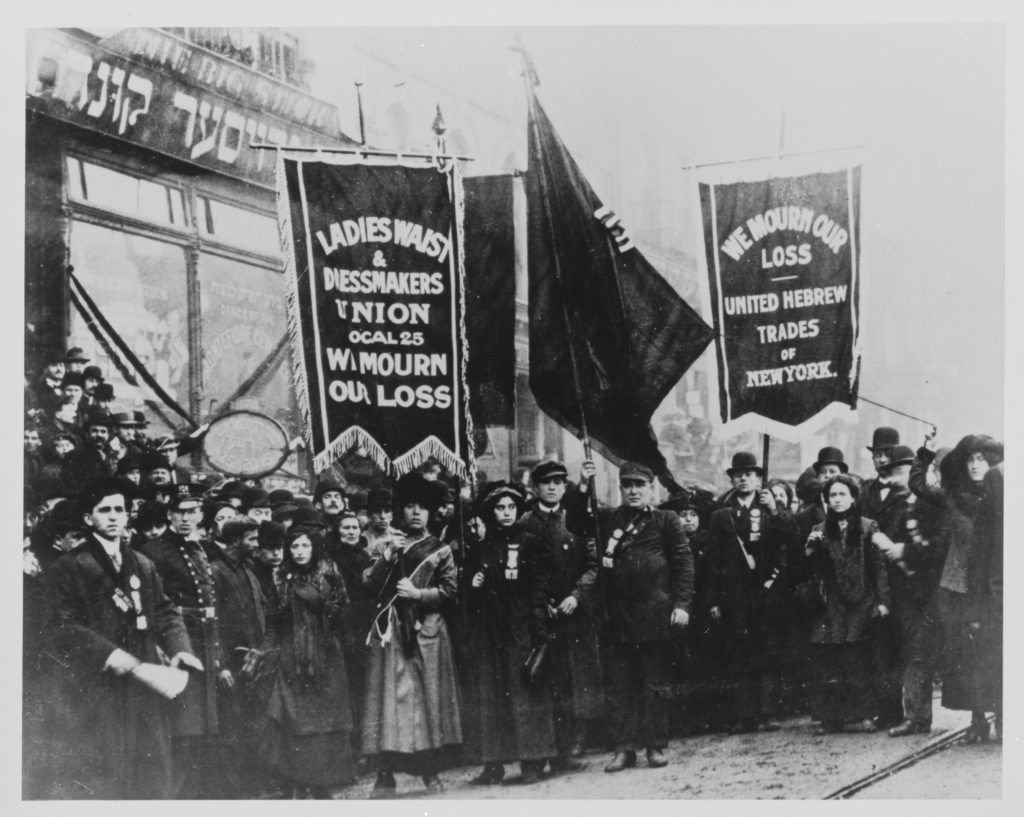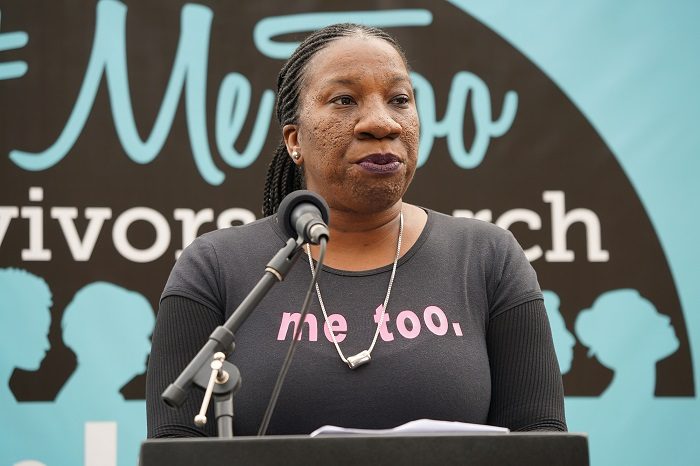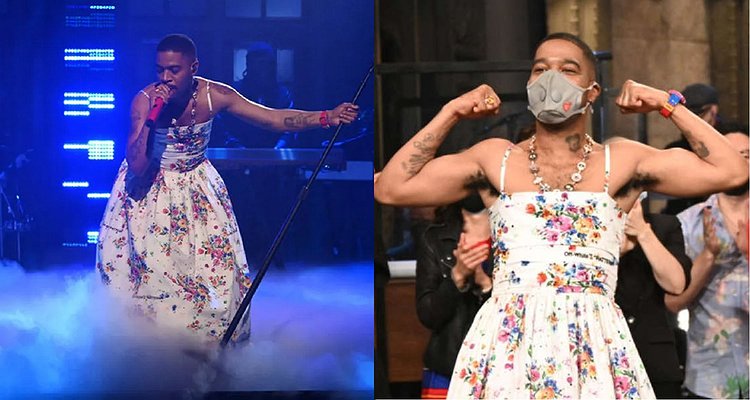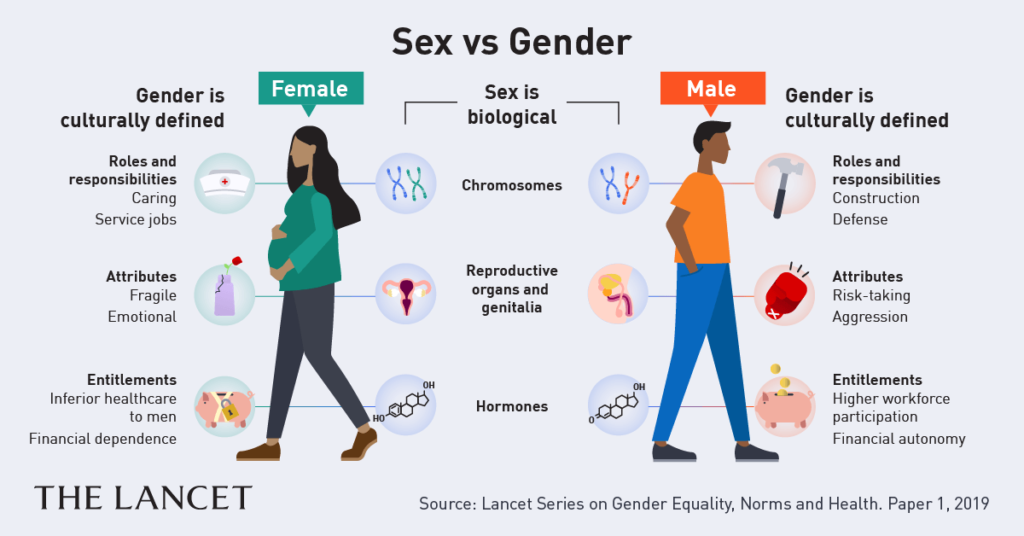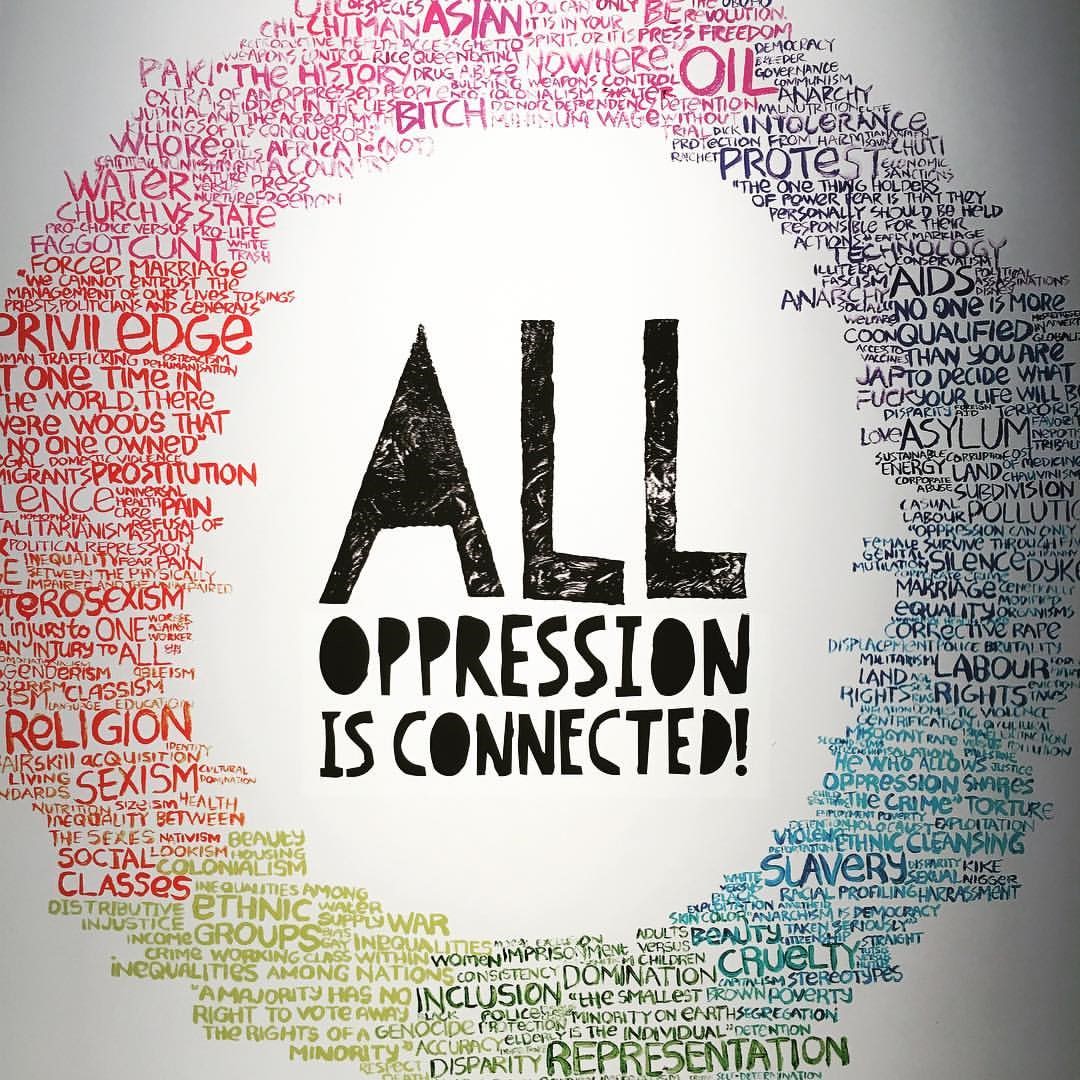Question 1: How do systems of privilege and oppression function in our society? How do we combat these systems?
Systems of Privilege/Oppression: The systems of privilege and oppression are social systems that affect the everyday lives of individuals within our society. Privilege causes oppression to occur in our society due to marginalized groups having unfair power over the oppressed group. There are different types of privilege: male privilege, white privilege, heterosexual privilege, etc. White privilege is the subject of Peggy McIntosh’s article, White Privilege: Unpacking the Invisible Knapsack. McIntosh writes, “I have come to see white privilege as an invisible package of unearned assets which I can count on cashing in each day, but about which I was ‘meant’ to remain oblivious. White privilege is like an invisible weightless knapsack of special provisions, maps, passports, codebooks, visas, clothes, tools, and blank checks.” From this quote, having white skin comes with certain amenities, amenities that aren’t really available for ethnic people. We combat these systems by giving the oppressed a voice and representation, as in giving marginalized citizens seats in power to bring awareness and change.
Question 2: What is the concept of intersectionality and why is it important in women’s, gender, and sexuality studies?
Intersectionality involves a system of discrimination that affects individuals, groups of people, and communities based on social identity, race, or gender/sexual orientation. Intersectionality is important to the study of women, gender, and sexuality due to it shedding light on the specific hardships different types of gender identities have to undergo. In the article, Beyond The Gender Binary written by Alok V. Manon says “According to the 2015 US Transgender Survey, 30 percent of trans and gender non-conforming people reported workplace discrimination resulting in an unemployment rate of three times more than the general population.” By identifying these intersections, education on intersectionality will help people understand the specifics of gender studies and encourage a fight against gender inequality.
Question 3: Why is it important to recognize patriarchy as a system and not an individual identity?
Understanding patriarchy as a system is crucial to the development of our society. Without recognizing patriarchy, as a society, we will continue to be stuck in our ways of oppression and prejudice. In Allen Johnson’s article, Patriarchy, the System, they write, “Patriarchy is a kind of society organized around certain kinds of social relationships and ideas that shape paths of least resistance. As individuals, we participate in it as we live our lives.” Patriarchy is a social system that every type of citizen takes part in. Since we take parts in this system, we also create and contribute to these systems as well. When we, as a society, fully recognize patriarchy as a system and not just individuals, we could shape the social system.
Question 4: How is gender constructed and learned in our society? How do we perform gender?
In our society, gender is a social construct that limits a person’s ability to be themselves. We constructed gender from the biology of a person when in reality, the biology of a person is only the sex. Gender is first taught by parents/guardians to children. Kyl Myers writes in the article, “Sex and Gender 101”, “Gender plays into how most children are treated and how they learn what is expected from their gender and what is not, i.e. the boy who won’t ask for ballet lessons because “ballet is for girls.”” We perform gender by participating in specific roles within the sexes we align with, as in men feeling the need to be the “breadwinner” in their families or women only being able to wear skirts and dresses.
Question 5: What is the difference between sex and gender? How are sex and gender conflated (converged and confused) within our culture?
According to the article, “Sex & Gender 101” written by Kyl Myers, “Sex refers to anatomy and physiology. This includes sex chromosomes, sex hormones, sex organs, and external genitalia.” Meyers also defines gender, they wrote, “Gender refers to the social and cultural roles that males and females are expected to subscribe to base on their biological sex.” From these quotes, I can come to the conclusion that the main difference between sex and gender is that sex is biological and gender isn’t, which usually gets misconstrued. Sex and gender are conflated within our culture due to the fact that we often identify a person’s sex by the clothes they wear or what they like when that just stems from outdated beliefs that a man/woman should only ever act like a man/woman.
Question 6: What is a double bind? How do double-binds function within our society?
A double bind is a dilemma where a person’s actions are criticized no matter which decision they make. In this society, those who go through this double bind are marginalized groups. In their article, Oppression by Marilyn Frye, they write, “It is common in the United States that women, especially younger women are in a bind where neither sexual activity nor sexual activity is all right.” If a woman is sexually active, she may be bombarded with terms such as “easy” or “hoe” by men, but if a woman is not as sexually active, she’ll be seen as a “prude” or “boring”. It’s a lose-lose situation either way. This is a problem that will continue to occur unless we, as a society and especially men, come together to end the scrutiny and realize the prejudices within us.

